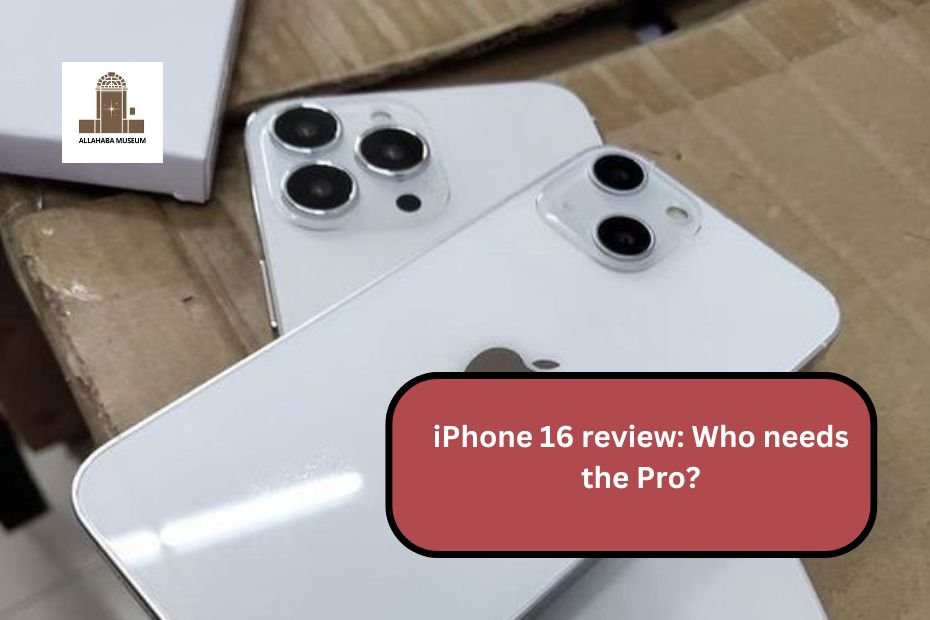The iPhone 16 series has arrived, and with it, a host of features that prompt users to consider whether the standard models can meet their needs without stepping up to the Pro versions. This review examines the iPhone 16 and 16 Plus, highlighting their enhancements, usability, and whether these devices are suitable for the average consumer.
Overview of iPhone 16 Features
The iPhone 16 lineup introduces several noteworthy improvements over its predecessors. While it may not boast a single groundbreaking feature, it incorporates numerous incremental enhancements that collectively improve user experience. Key features include:
- Camera Control Button: A new physical button dedicated to camera access, allowing for quick photo captures and adjustments.
- Action Button: A customizable button that enables users to program shortcuts for various functions.
- Improved Camera Capabilities: Enhanced photographic styles and a better ultrawide camera contribute to superior image quality.
- Battery Life: Users report commendable battery performance, sustaining usage throughout the day with ample charge remaining.
While these features may not seem revolutionary at first glance, they reflect Apple’s shift towards optimizing daily interactions with the device rather than relying on major upgrades every year.
Design and Build Quality
Apple continues to deliver an aesthetically pleasing design with vibrant color options in the iPhone 16 series. The build quality remains top-notch, maintaining the premium feel that Apple is known for. The devices are comfortable to hold, although some users have noted that the placement of the Camera Control button can be less intuitive than expected.
Performance Insights
The iPhone 16 is powered by a modern chipset akin to that of the Pro models, ensuring it performs well in everyday tasks. Users transitioning from older models will notice significant performance improvements, particularly in processing speed and camera functionality. The integration of Apple Intelligence—set to roll out in October—promises additional AI-driven features that should enhance usability further.However, it is essential to note that while these improvements are substantial, they may not justify an upgrade for those who recently purchased an iPhone 15 or Pro model. For users with devices older than two years, the enhancements in performance and camera capabilities present a compelling case for upgrading.
Camera Capabilities
The camera system in the iPhone 16 series is reliable and versatile. The introduction of the Camera Control button offers a new way to manage photography tasks quickly. Despite mixed reviews regarding its usability, many users appreciate having dedicated access to camera settings and functions.The ultrawide camera has received upgrades that enhance its performance in various lighting conditions. Users can expect better quality images and more refined photographic styles that cater to different preferences. Overall, while the camera may not reach the heights of the Pro models’ capabilities, it remains competitive within its price range.
Battery Life and Efficiency
Battery life is another strong point for the iPhone 16 series. Users have reported being able to navigate through a full day of intensive use—streaming video, using GPS, and browsing social media—while still retaining a significant amount of charge by day’s end. The larger battery in the 16 Plus model further extends this capability, making it an excellent choice for power users.
Limitations Compared to Pro Models
While the iPhone 16 series has made strides in catching up with its Pro counterparts, there are notable limitations. One significant omission is the lack of a high refresh rate display; both models are capped at 60Hz compared to the Pro models’ 120Hz ProMotion displays. This could be a drawback for users accustomed to smoother scrolling experiences found in many mid-range smartphones today.Additionally, features like an always-on display are absent from standard models but available in Pro versions. These omissions may deter some potential buyers who prioritize these functionalities.
Conclusion: Who Needs the Pro?
The question remains: who truly needs the Pro? For everyday users seeking a reliable smartphone experience without requiring cutting-edge features or professional-grade photography capabilities, the iPhone 16 or 16 Plus represents an excellent choice. With their competitive pricing starting at $799 for the standard model and $899 for the Plus version, these devices offer solid value.However, tech enthusiasts or professional users who rely heavily on advanced photography tools or require high refresh rates for gaming may find more satisfaction in investing in the Pro versions. Ultimately, those with older devices looking for a substantial upgrade will find much to appreciate in Apple’s latest offerings.In summary, while the iPhone 16 series does not redefine what we expect from smartphones, it successfully enhances user experience through thoughtful design and functional improvements. For many consumers, this could be all they need without venturing into Pro territory.
